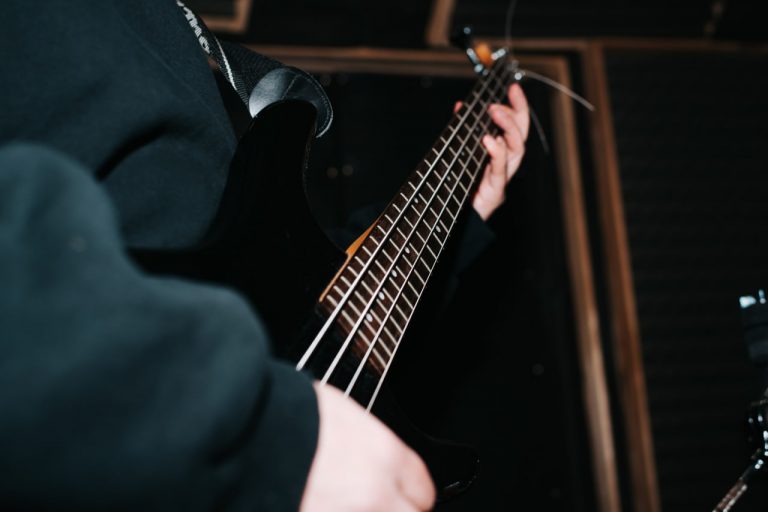Improvisation is a powerful skill that allows bassists to express their creativity, respond spontaneously to musical situations, and develop a personal voice on their instrument. Unlike playing written parts or repeating familiar grooves, improvising challenges you to invent melodies, rhythms, and ideas in real time. For bass players, improvisation opens doors to soloing, contributing to jams, and enhancing musical conversations with other band members. This blog explores how bassists can approach improvisation and find their unique voice on the fretboard.
Understanding the Role of the Bass in Improvisation
Before diving into improvisation, it’s important to understand the bass’s role within a band. The bass bridges rhythm and harmony by locking in with the drums while outlining chord progressions.
When improvising, bassists can either maintain their traditional supportive role or step forward with melodic ideas and solos. Effective improvisation balances these roles depending on the musical context, ensuring the groove remains strong while adding interest and variety.
Master Your Scales and Modes
Improvisation starts with knowledge of scales and modes, which provide the musical “language” you use to create melodies. Common scales for bassists include the major scale, minor scale, pentatonic scale, and blues scale.
Modes like Dorian, Mixolydian, and Phrygian add unique colors and moods. Spend time learning the fingerings and sounds of these scales across the fretboard, so you can navigate smoothly during improvisation.
Learn Chord Tones and Arpeggios
Chord tones—the notes that make up a chord—are the foundation of melodic improvisation. Targeting these notes during your solos and bass lines ensures your playing sounds connected to the harmony.
Arpeggios, which are broken chords played note by note, help you outline chord progressions clearly. Practice arpeggios for major, minor, dominant, and diminished chords to expand your melodic vocabulary.
Develop Rhythmic Variety
Improvisation isn’t just about what notes you play but also how you play them rhythmically. Experiment with different note lengths, syncopation, rests, and accents to create compelling rhythmic patterns.
Listen to great bass improvisers and note how they use rhythm to add energy and interest. Incorporating rhythmic variety into your solos will make your playing more engaging and expressive.
Use Space Effectively
One common mistake in improvisation is playing too many notes without pauses. Using space—moments of silence or sustained notes—can make your improvisation breathe and create tension and release.
Don’t be afraid to let your phrases end and allow the music to settle before starting a new idea. Thoughtful use of space adds emotional depth and impact.
Practice Call and Response
Call and response is a musical conversation technique where you play a phrase (the call) and then follow it with a contrasting phrase (the response). This approach helps structure your improvisation and keeps it interesting.
Try practicing call and response by playing a short melodic idea, then answering it with a complementary phrase. This technique encourages listening and creativity.
Listen and React
Improvisation is a dialogue, especially in group settings. Pay close attention to what other musicians are playing and respond accordingly. This could mean echoing a rhythmic motif, complementing a melody, or creating contrast.
Developing strong listening skills allows your improvisation to be interactive and musical rather than random.
Experiment and Find Your Voice
Improvisation is also about personal expression. As you practice scales, rhythms, and techniques, allow yourself to experiment with different sounds and ideas.
Record yourself improvising and listen back to identify what resonates with your musical personality. Over time, you will develop a unique style and voice that reflects your influences and creativity.




